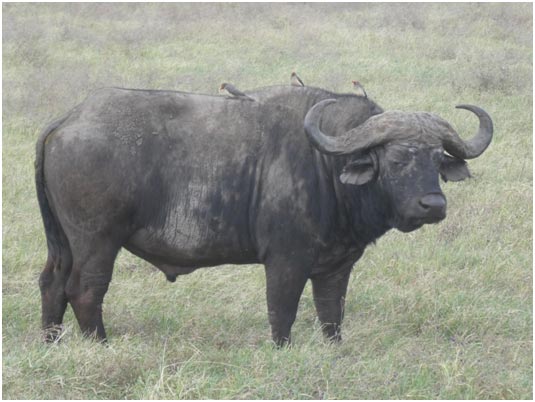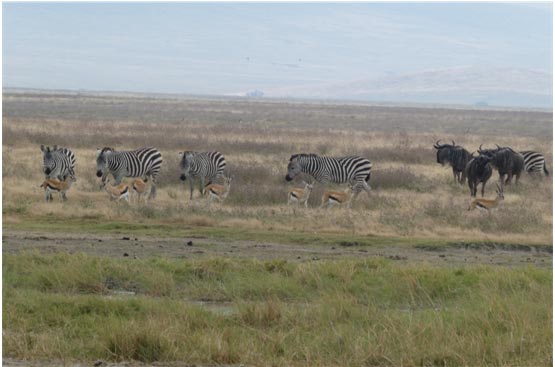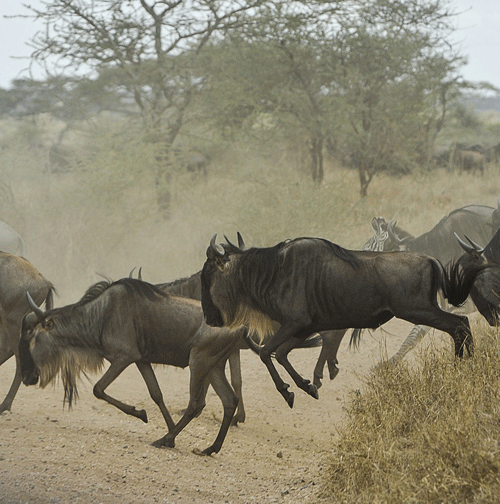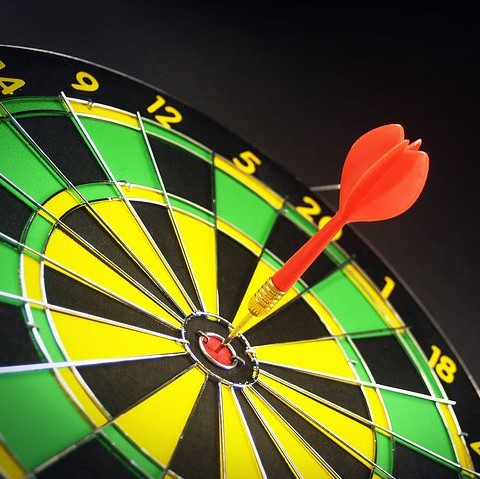
You can’t grow your business on hope
April 5, 2019
More of the same won’t do
May 20, 2019Business lessons from the Serengeti
On my recent trip through the Serengeti, there were many analogies to business, particularly the benefits of partnerships and collaboration. It is essential to buddy up with those that have complementary skills and don’t compete head on … so… 1+1 can equal more than 2!

Collaboration helps you beat the competition
The annual Wildebeest migration takes place across Kenya’s Masai Mara and Tanzania’s Serengeti National Park. The migration is a super-herd of over 2 million Wildebeest, Zebra and Antelope. This collaboration is remarkable in itself, and is also particularly beneficial for several reasons.

- 1. Food:
Zebras love to eat the taller grass and Wildebeest the shorter grass. There is no competition regarding food and everyone can thrive. - 2. Warning of impending danger:
Wildebeest have the better sense of hearing, while Zebra can see very well. It’s always great to have an ally that has complementary strengths and can warn you in case of any impending risks. - 3. Safety in numbers:
Zebra and Wildebeest love the open African savannas. In comparison, Antelope prefer the thicker bush. Being out in the open obviously makes them very vulnerable – therefore they team up for protection as part of a much bigger herd.
Buddying up in business
I am a huge advocate for sharing, partnerships and collaboration, whether it’s in, across or outside the organisation. Beneficial collaboration in business can take several forms:
- 1. X-Training and Job Sharing
Provides a great work-life balance, up-skilling opportunities, engaging a wider pool of talent and options for diversity in the workforce. It can also help bring a broader range of skills to a business at no extra cost. - 2. Collaboration within the Category
H&M and Balmain/Alexander Wang/Versace – Bringing luxury to the masses. With over 4,500 stores worldwide, $AU36B turnover and growing, this strategy is obviously working for Hennes & Mauritz - 3. Cross-Industry Collaboration
McDonald’s is a company known for jumping in bed with quite a few brand partners. One of the most successful was LEGO, together the companies produced a mini restaurant (built with LEGO) as well as Happy Meal Toys. There is nothing kids love more than LEGO, except maybe McDonald’s. According to Brand Finance, in 2017, LEGO regained its crown of the world’s most powerful brand, with a Business Strength Index of 92.7. - 4. Long term collaborative partnerships
Spotify and Uber – in 2014 both companies announced they were going into partnership and collaborating. Those who had ordered an Uber could connect their Spotify account from the Uber screen, select songs from any of their Spotify playlists while waiting for their Uber. Then, they simply jump in the car, and their chosen playlist begins.
Finding your Zebra
No matter how far in front or ahead of the curve you are, collaborating with others will always give an advantage. Challenge yourself to explore these areas:
- Understand your own strategy. Where do you want to be, how do you want to look and feel in 3-5 years+?
- Understand the environment. Your competition, the political, social and technological trends.
- Understand your customers. What do you need to stop, start and continue to do and be for them?
- Understand yourself. What are your strengths, that you can offer your Zebra? Where are your risks and gaps that your Zebra can help with?
- Who needs your strengths and can offer something complementary in return? It may be within the industry, even a competitor, or someone from a totally different industry, not unlike LEGO & McDonalds.




